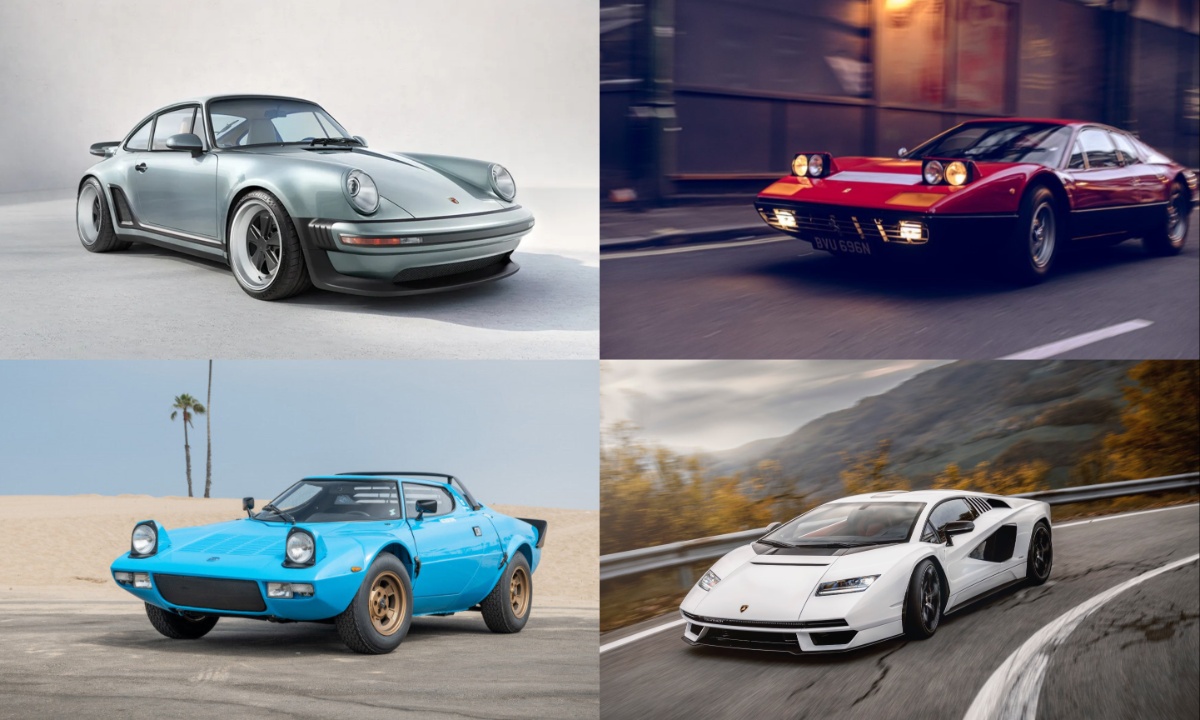The 1970s were a tumultuous decade for the automotive world, marked by the oil embargo and rising fuel costs that brought an end to the Muscle Car era. However, despite these challenges, the decade was also a golden era for sports cars, particularly from European and Japanese manufacturers.
With sleek designs, innovative engineering, and thrilling performance, sports cars of the 1970s left a lasting impact on automotive history. This article explores some of the most iconic sports cars of the decade, highlighting their specifications, design philosophies, and the innovations that made them ahead of their time.
1. Datsun 240Z: Japan’s Game Changer
The 1970 Datsun 240Z was a revolutionary sports car that combined the design influences of the C3 Corvette, Toyota 2000GT, and Jaguar E-Type. With a 2.4-liter 6-cylinder engine producing 151 horsepower and a top speed of 109 MPH, the 240Z was not the fastest car of its time but was well-regarded for its balanced handling and affordability.
It was the first of the Z series, paving the way for future Nissan sports cars. Its lightweight design and aerodynamic shape allowed it to perform well, making it a favorite among enthusiasts.
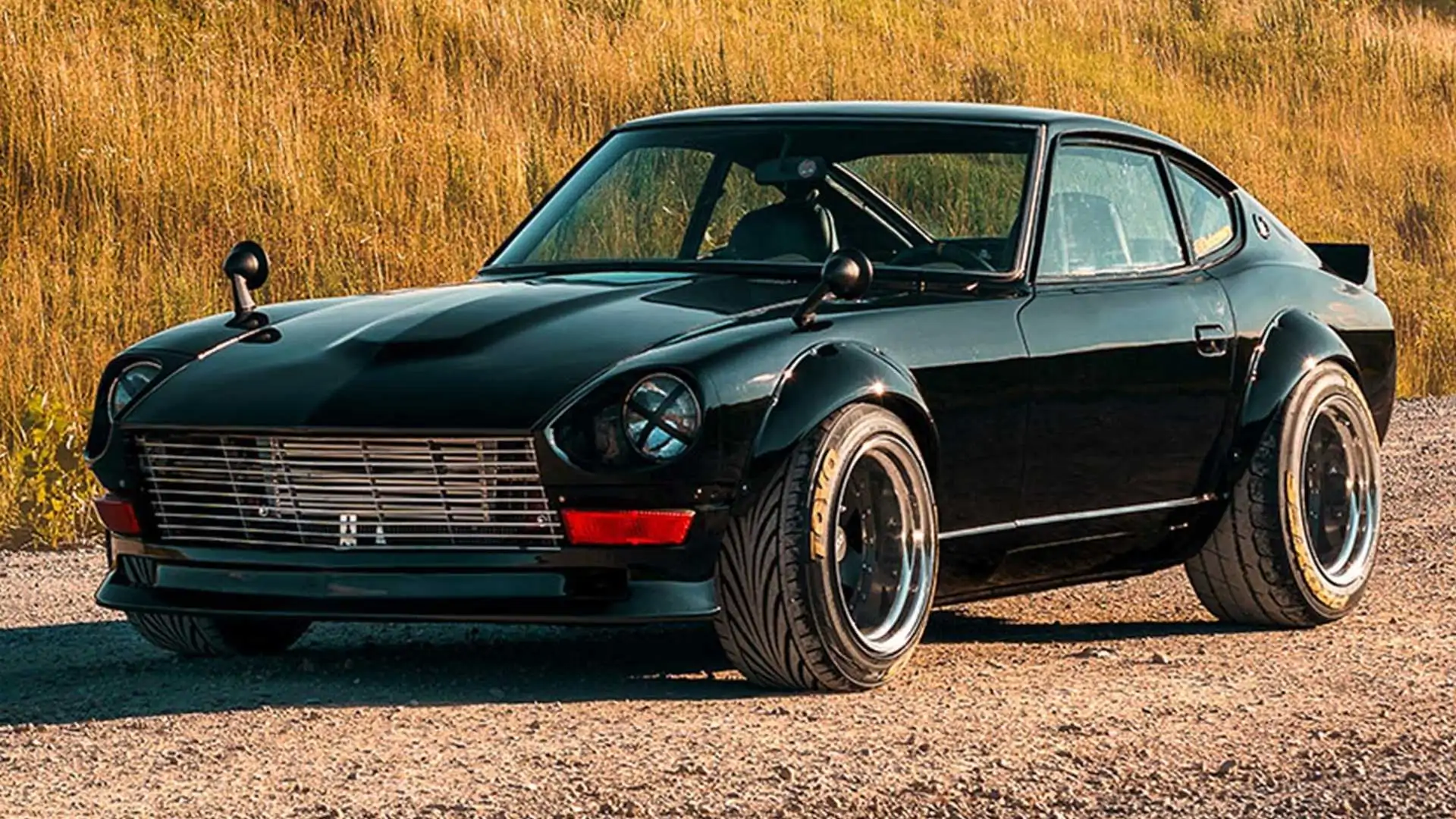
2. Lotus Esprit: A Lightweight Marvel
The 1975 Lotus Esprit embodied the brand’s racing heritage with a wedge-shaped design by Giorgetto Giugiaro. Powered by a 2.0-liter 4-cylinder engine with 160 horsepower, it reached a top speed of 138 MPH.
Weighing under 2,000 pounds, the Esprit proved that a lightweight chassis could achieve remarkable performance even with a modest engine. Its mid-engine layout provided excellent weight distribution, giving it remarkable cornering abilities, which made it a favorite for both track enthusiasts and collectors alike.
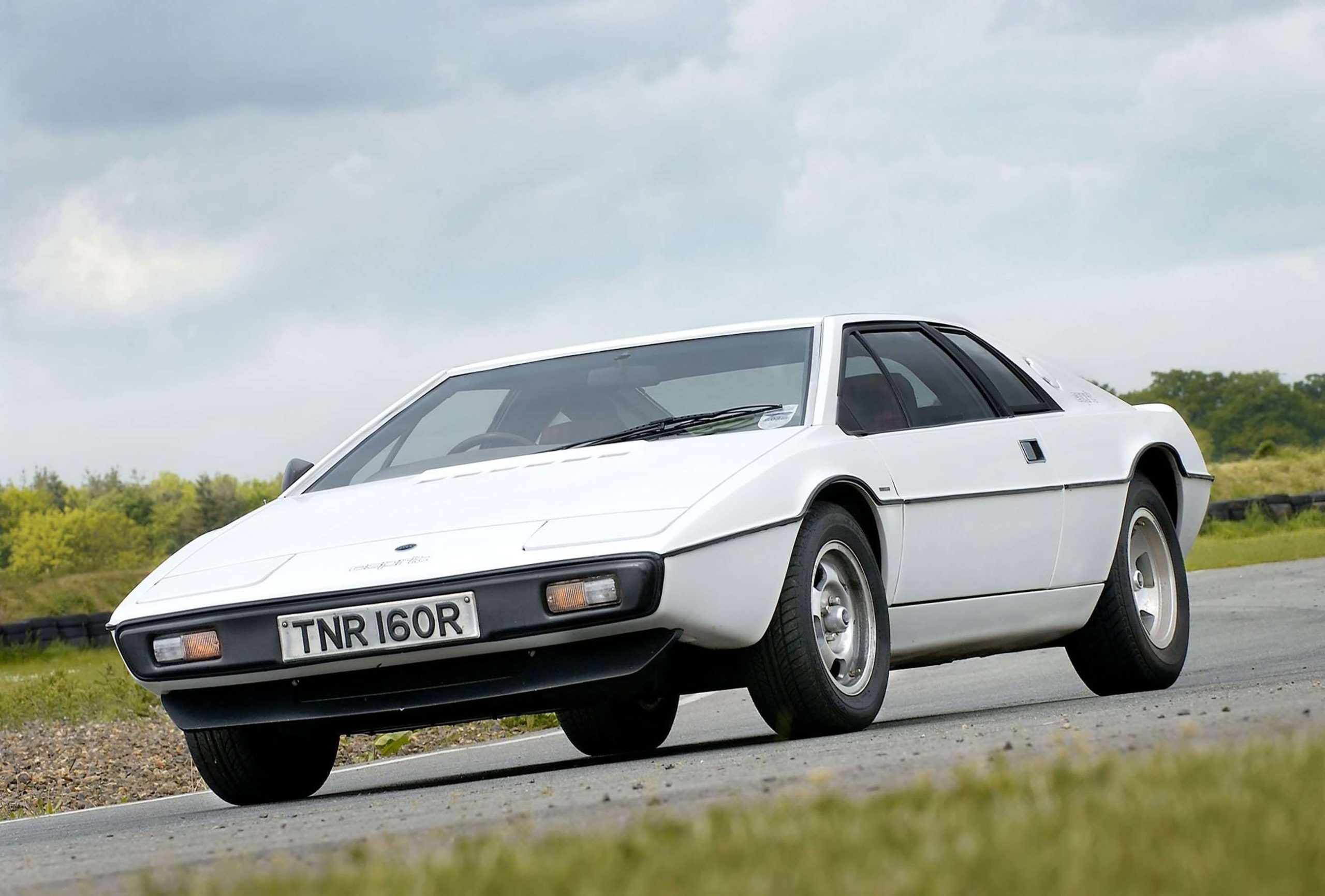
3. Lancia Stratos HF Stradale: A Rally Icon
The 1974 Lancia Stratos HF Stradale was a purpose-built rally car that dominated the World Rally Championship, winning 18 events.
With a 2.4-liter Ferrari-built V6 producing 187 horsepower and a top speed of 143 MPH, the Stratos was a featherweight machine designed for high-speed thrills on any terrain. Its aerodynamic design and compact size made it highly maneuverable, allowing it to outperform its competitors in rally racing. The innovative engineering behind the Stratos influenced the development of future rally cars.
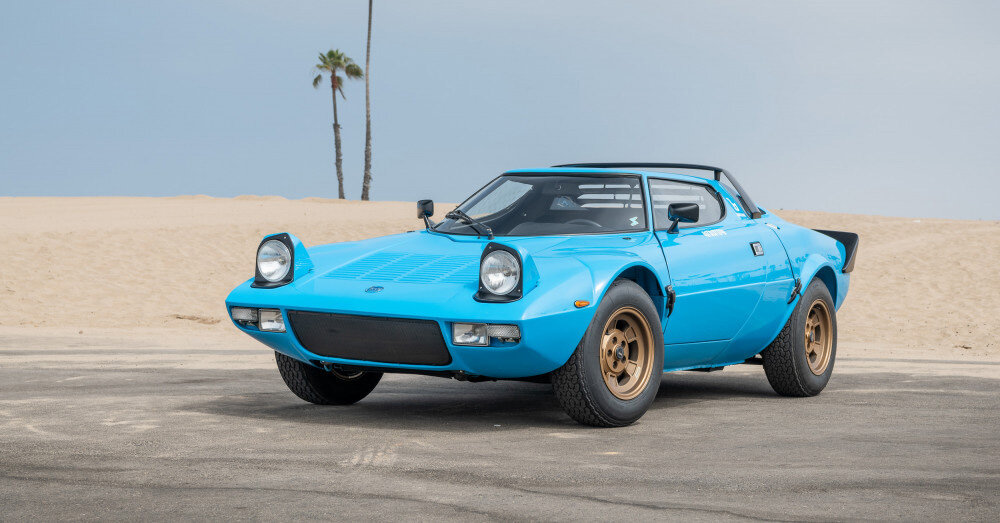
4. Porsche 911 930 Turbo: The Birth of the “Widow Maker”
The 1979 Porsche 911 930 Turbo introduced turbocharging to the 911 lineup, delivering a staggering 265 horsepower from its 3.3-liter turbocharged flat-six engine. With a 0-60 MPH time of 5.5 seconds and a top speed of 156 MPH, this Porsche was a beast to handle.
Dubbed the “Widow Maker,” its sudden power delivery made it a thrilling yet dangerous ride for inexperienced drivers. Despite its intimidating reputation, the 911 Turbo cemented itself as a high-performance icon and played a crucial role in establishing Porsche as a leader in turbocharged technology.
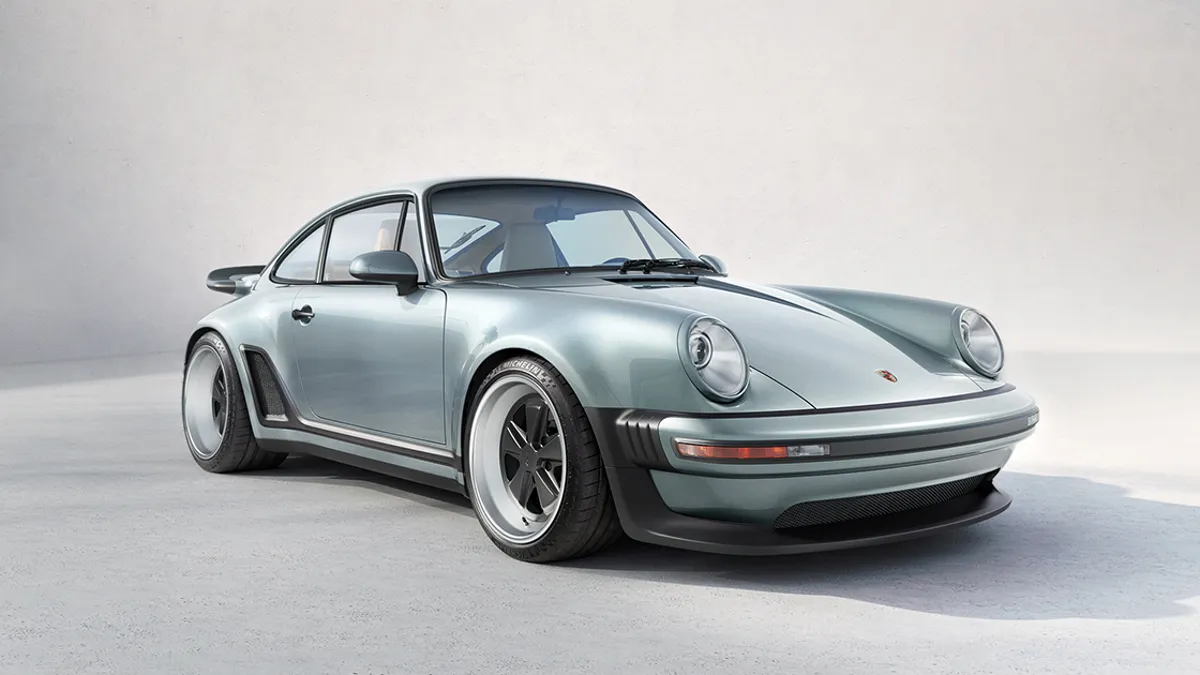
5. De Tomaso Pantera: Italian Design Meets American Muscle
The 1971 De Tomaso Pantera combined Italian styling with Detroit muscle, housing a 5.8-liter Ford V8 engine with 330 horsepower. Capable of reaching a top speed of 158 MPH, it was one of the most successful collaborations between European design and American power.
Sold through Lincoln-Mercury dealerships, the Pantera offered exotic performance at a relatively affordable price. Its aggressive looks and raw power made it a sought-after car among collectors, demonstrating the appeal of blending American muscle with European craftsmanship.
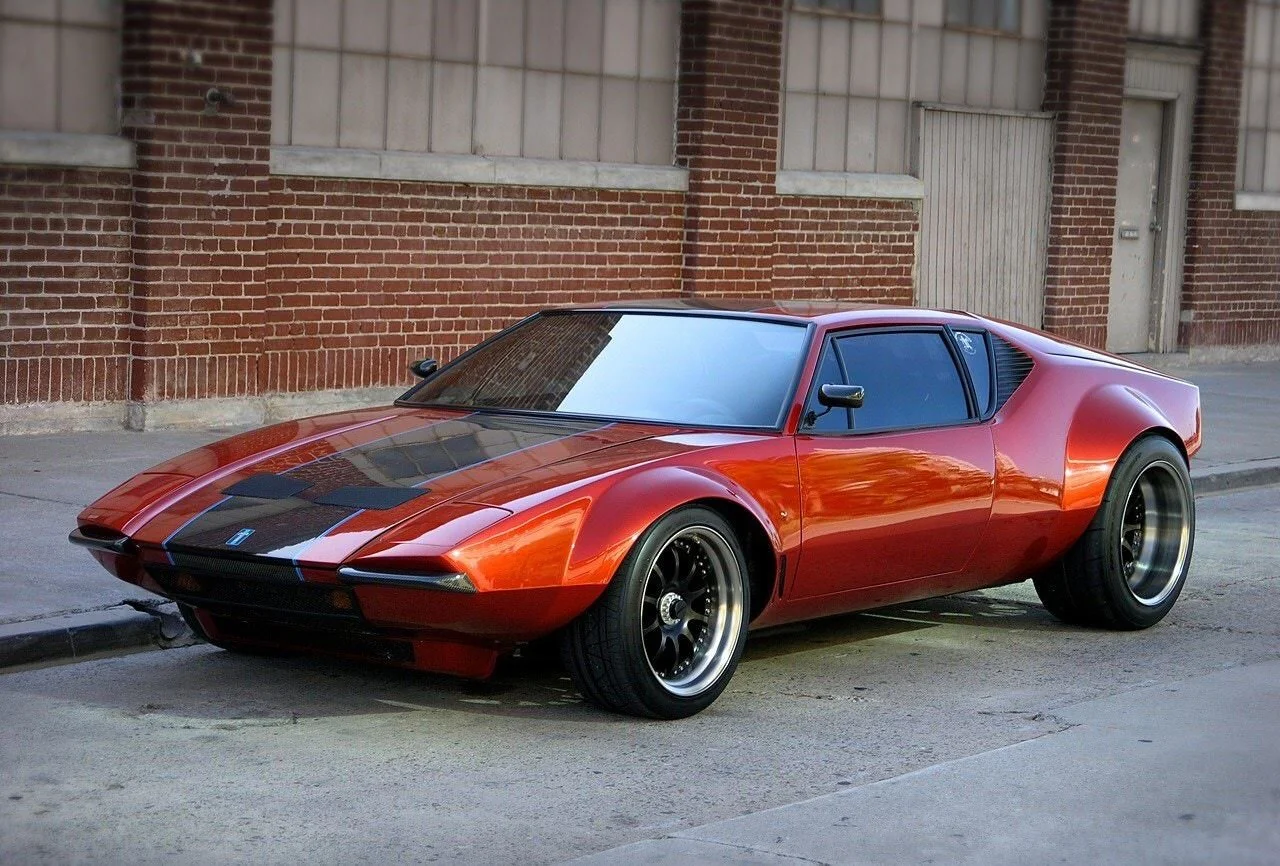
Also Read: Top 10 Affordable Electric Cars You Can Buy in 2025
6. BMW M1: The Birth of the M Division
The 1978 BMW M1 was an ambitious project that almost didn’t come to fruition. Initially a collaboration with Lamborghini, BMW had to complete the project on its own after Lamborghini faced financial struggles.
The M1’s 3.5-liter inline-six engine produced 274 horsepower, enabling it to reach 163 MPH. As the first car from BMW’s M Division, it set the foundation for future M-series vehicles. With its advanced aerodynamics and race-ready chassis, the M1 was a technological marvel that shaped the future of BMW’s performance lineup.
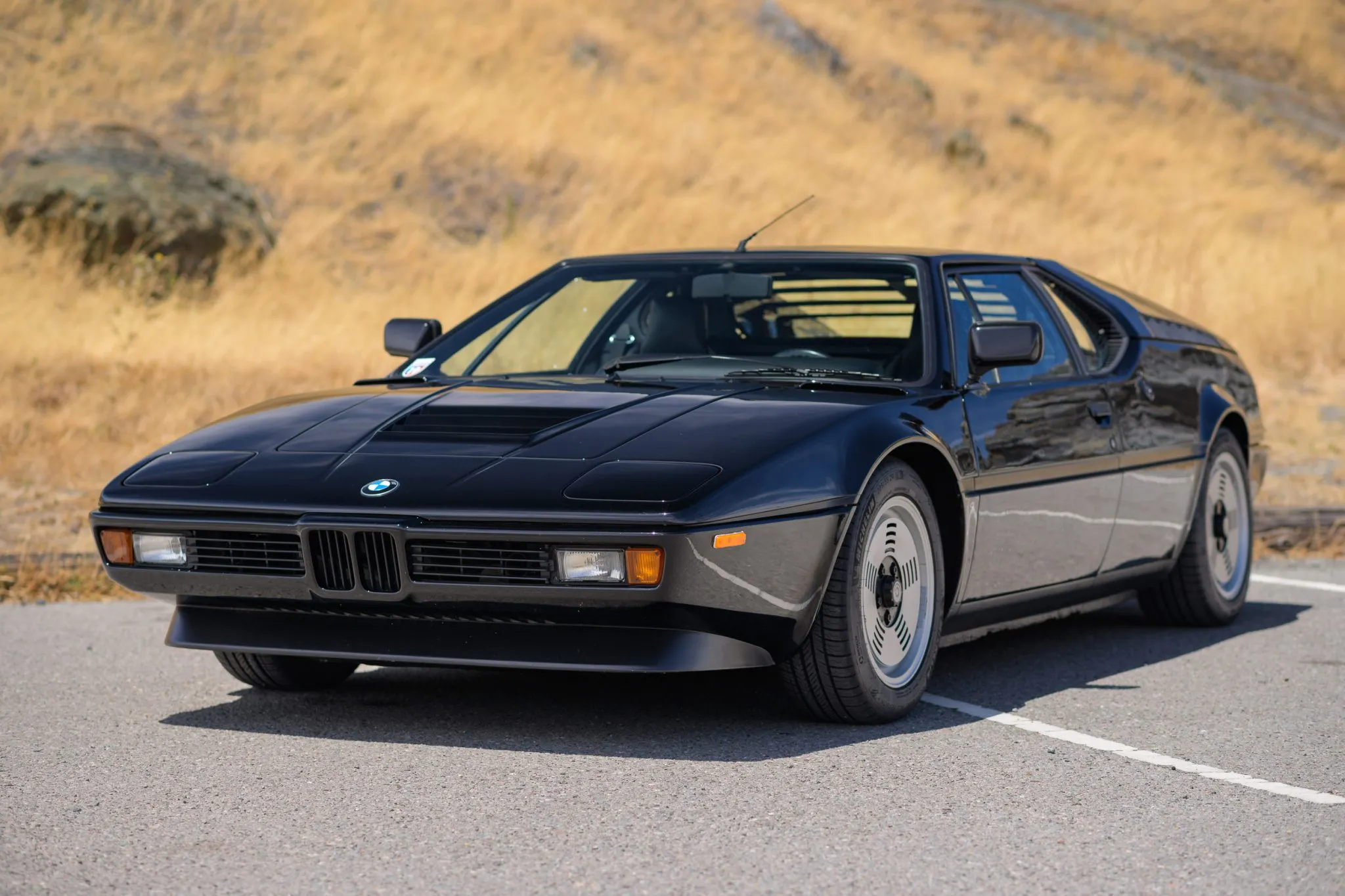
7. Aston Martin V8 Vantage: Britain’s First Supercar
The 1977 Aston Martin V8 Vantage was one of the most powerful British sports cars of the decade. Its 5.3-liter V8 engine produced 390 horsepower, propelling the car to a top speed of 170 MPH.
Featuring aggressive styling reminiscent of American muscle cars, the V8 Vantage became a cultural icon, even making its way into James Bond films. This vehicle showcased Aston Martin’s commitment to blending luxury with high performance, securing its place as one of the greatest grand tourers of all time.
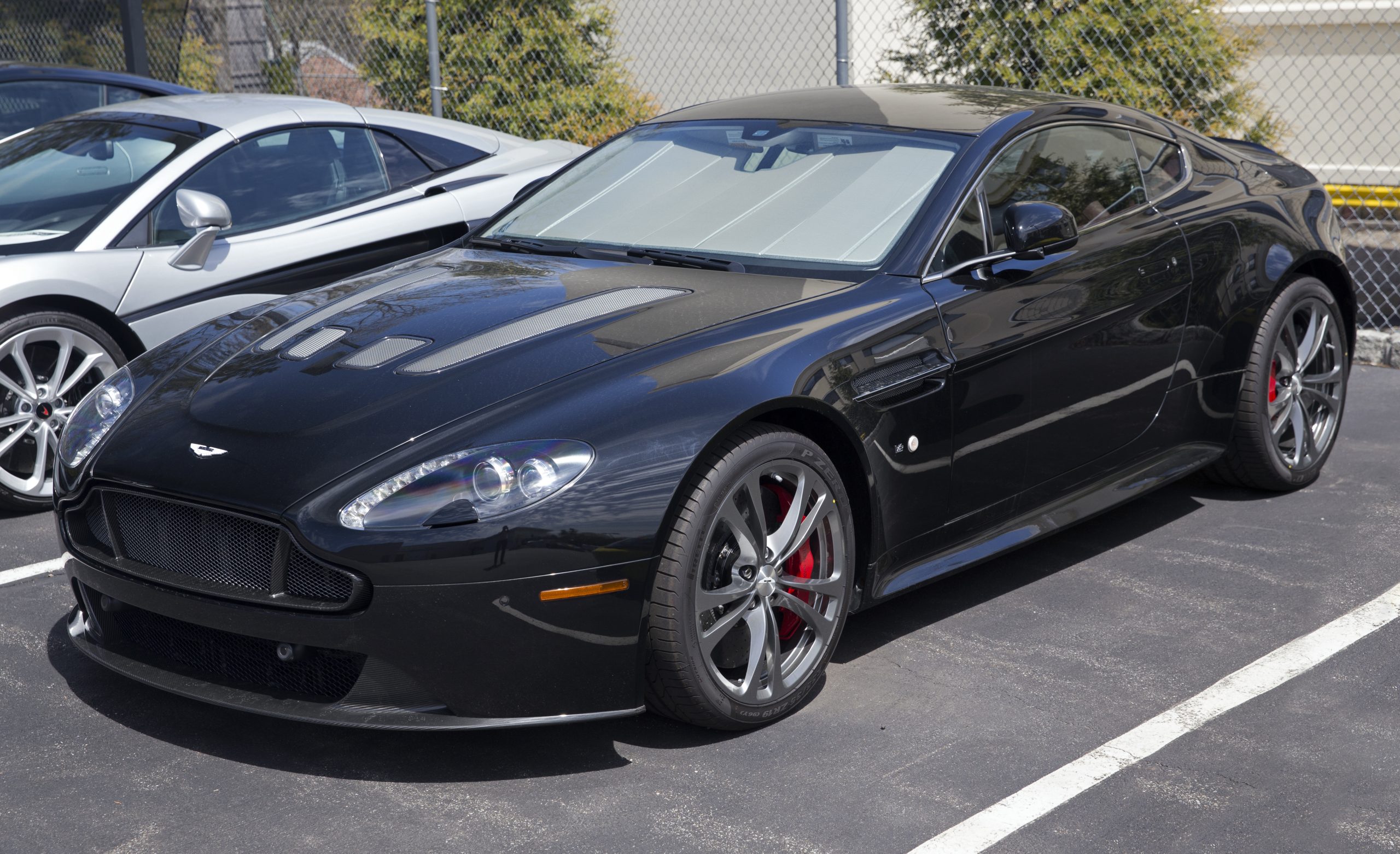
8. Maserati Bora: Mid-Engine Excellence
The 1971 Maserati Bora was the brand’s first mid-engine car, designed by Giorgetto Giugiaro. Equipped with a 4.7-liter V8 producing 310 horsepower, the Bora reached a top speed of 170 MPH.
Unlike other supercars of its time, the Bora was surprisingly practical, offering a comfortable cockpit and a usable trunk, making it a unique blend of performance and usability. The combination of power, refinement, and everyday usability made it an important milestone for Maserati.
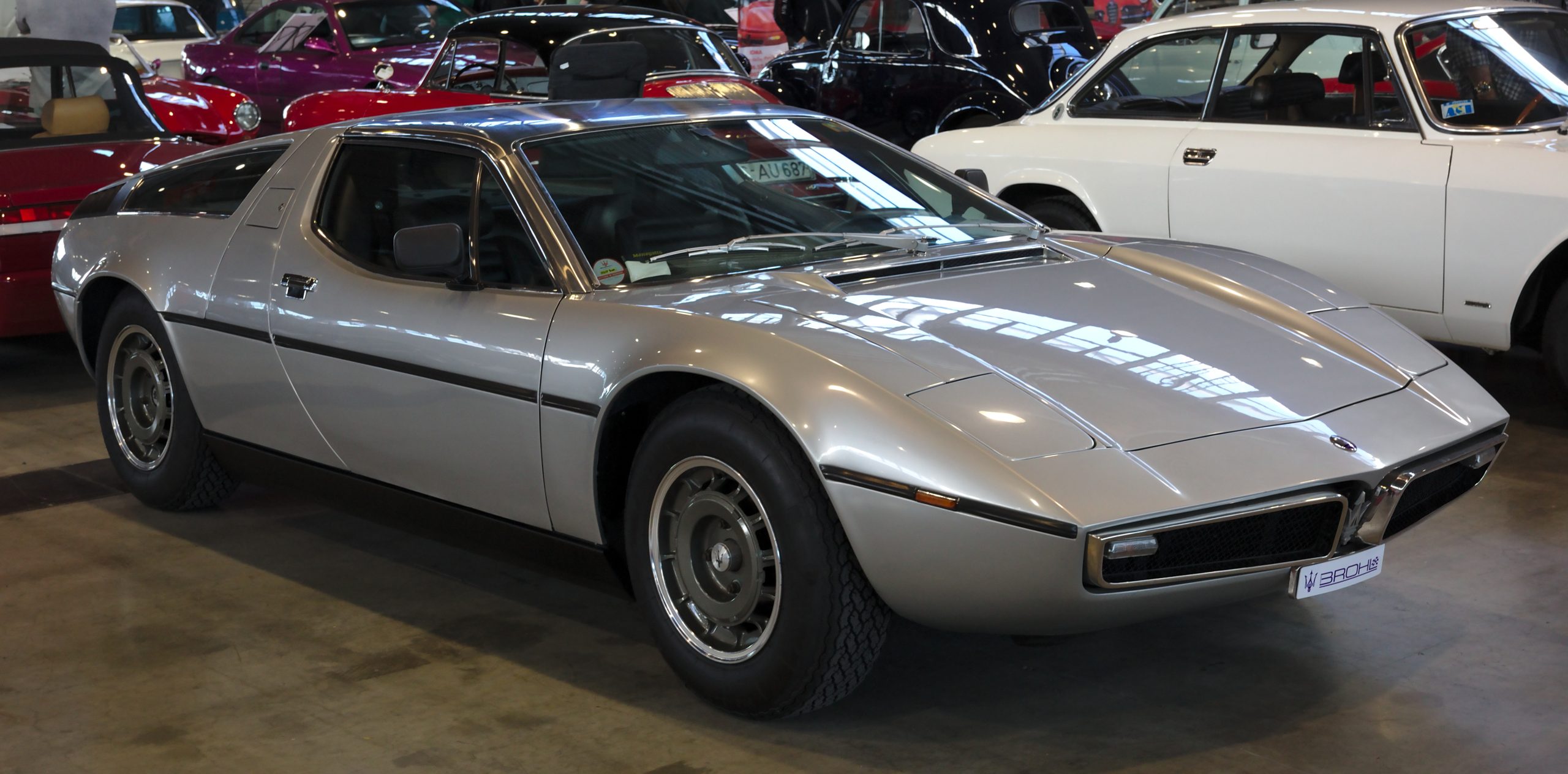
9. Lamborghini Countach: The Poster Car of the Decade
The 1976 Lamborghini Countach LP400 became the dream car of a generation. Featuring a radical wedge-shaped design and scissor doors, it looked like nothing else on the road. Powered by a 3.9-liter V12 engine with 370 horsepower, the Countach could hit 186 MPH.
One of its most unique features was the periscope rearview mirror, which helped compensate for the poor rear visibility. Its futuristic design and groundbreaking engineering influenced supercars for decades to come, making it one of the most celebrated Lamborghinis ever built.
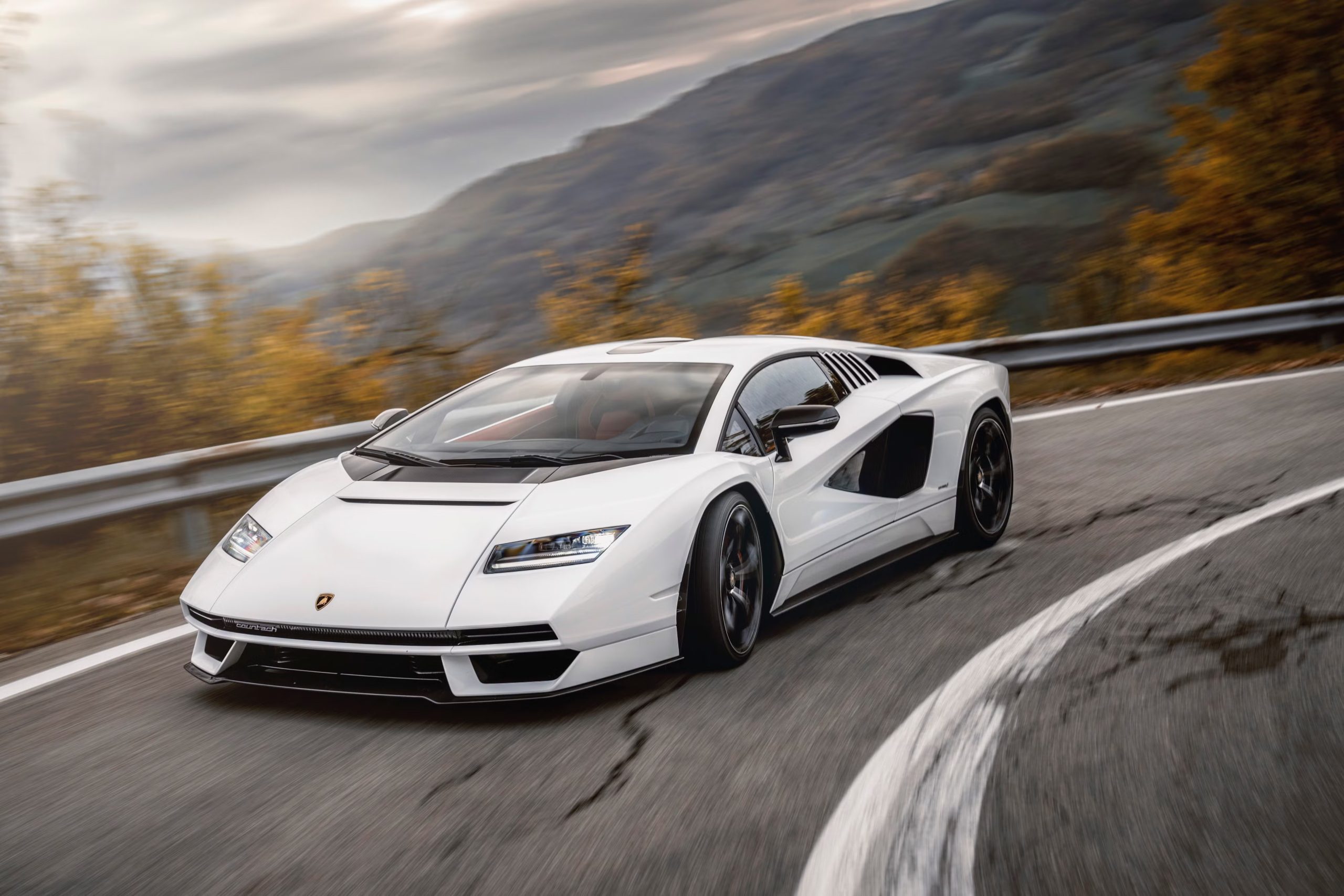
10. Ferrari 365 GT/4 BB: Enzo’s Mid-Engine Masterpiece
The 1973 Ferrari 365 GT/4 BB marked Ferrari’s shift to a mid-engine layout, a move that Enzo Ferrari initially resisted. With a 4.4-liter V12 engine producing 375 horsepower, it was capable of reaching 188 MPH.
This model set the stage for future Ferrari supercars, proving that mid-engine designs could offer both balance and breathtaking speed. Its combination of raw power and elegant design solidified its place in Ferrari’s legendary lineup.
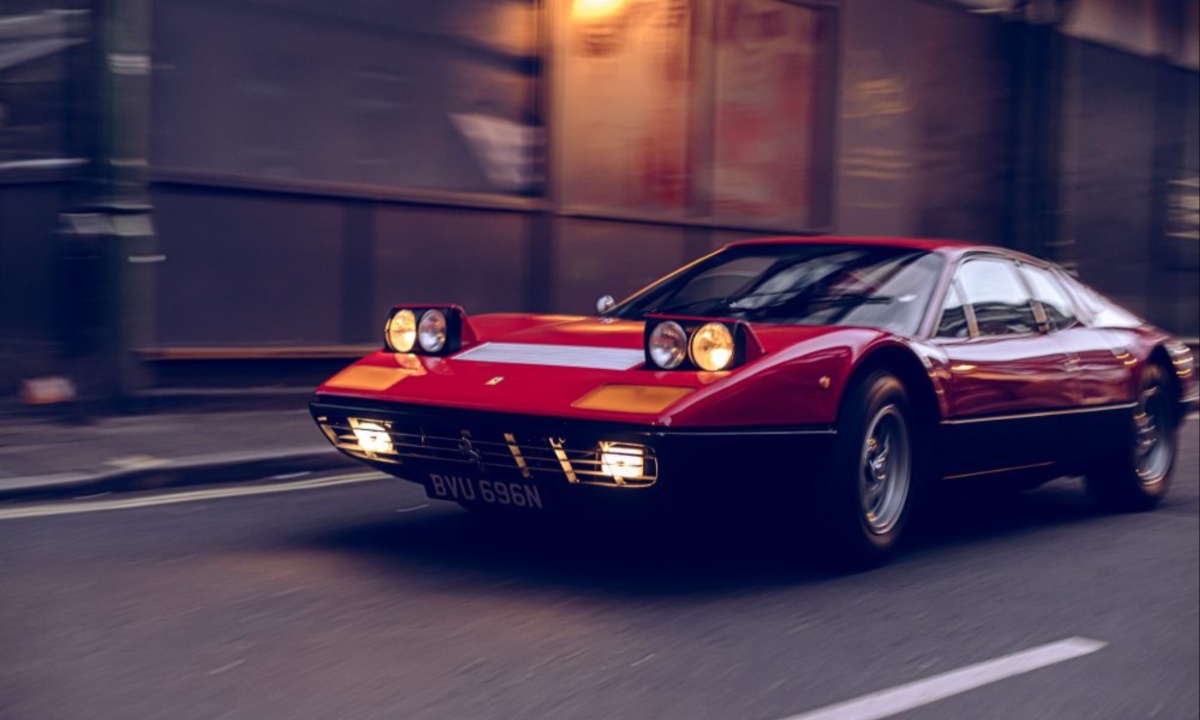
Despite the fuel crisis and stricter emissions regulations, sports cars from the 1970s showcased remarkable engineering advancements. Lightweight construction, aerodynamic design, and mid-engine layouts became more prevalent, shaping the future of high-performance automobiles.
The rise of turbocharging and collaborations between European and American manufacturers led to some of the most exciting cars ever produced. These advancements set the stage for the supercars and high-performance vehicles of the following decades.
The 1970s were a defining era for sports cars, despite the broader struggles in the automotive industry. European and Japanese manufacturers took center stage, introducing groundbreaking designs and engineering feats that continue to inspire modern sports cars.
From the raw power of the Ferrari 365 GT/4 BB to the futuristic styling of the Lamborghini Countach, these cars remain icons of innovation, speed, and excitement. The legacy of these 1970s sports cars lives on, proving that even in times of crisis, automotive ingenuity thrives.
Also Read: 10 Best European Sports Cars That Rival High-Performance Supercars

